After touring Fort Gaines, we took a drive around Dauphin Island. The city of Mobile, AL, is to the north and can be accessed via the three-mile, Gordon Persons Bridge. In 1699, a French explorer landed here and established a colony because of the abundant timber, fresh water and great harbor.
In the early 1700s, Dauphin Island was the capitol of the large Louisiana Territory. A pirate raid in 1711 threatened the colony, but a severe hurricane in 1717 almost destroyed it. The island switched from France to Great Britain to then to Spain by 1780. It was in 1813 that the US seized the island.
In the early 1700s, Dauphin Island was the capitol of the large Louisiana Territory. A pirate raid in 1711 threatened the colony, but a severe hurricane in 1717 almost destroyed it. The island switched from France to Great Britain to then to Spain by 1780. It was in 1813 that the US seized the island.
Of course, the original inhabitants of Dauphin Island were Native Americans. We went to Shell Mound Park, the location of shell middens (mounds of discarded oyster shells) created between AD 1100 to 1550.
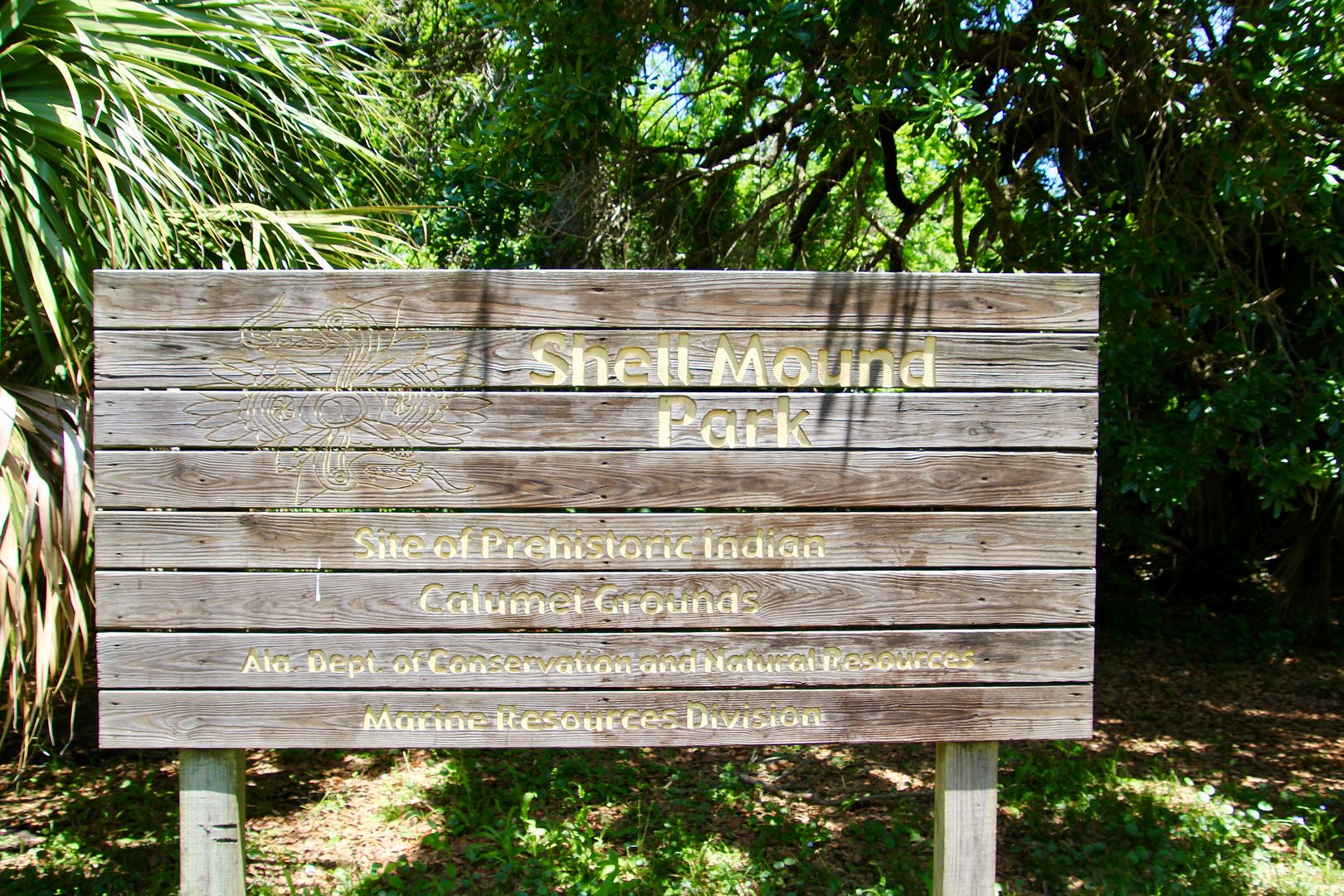
These are massive live oaks (some 800 years old) and thick underbrush in the park. Shaded paths meander through the lush forest.
Benches along the trails provide a place to sit in the shaded parts of the park. Here’s John “swinging” on one of the many thick vines growing on the trees here!
Flowers can be seen along the trails, too.
At first glance it is not apparent to the casual visitor that this is a shell mound. But when you look more closely at the paths, you can see the oyster shells everywhere.
The mound here is the highest geographical feature on Dauphin Island. The modern Choctaw and Creek tribes continued to visit the island until the 1830s. It was listed on the National Register of Historic Places in 1973.
Our last stop for the day was at the Audubon Bird Sanctuary. Named one of the top four locations in North America for bird viewing, it was established to preserve the habitats for migrating birds. The best time to see migrating birds is during the spring (mid-March through April) and fall migrations (mid-September through October).
There are five trails in the sanctuary. We set out on the Lake Loop Trail that leads to an overlook on Gaillard Lake. The maritime forest here has loblolly and slash pines, live oak, southern magnolias, and tupelo gum. The trails are well marked (which is always nice!)
As with many other preserves we have visited, controlled burns are conducted to maintain the habitats of nesting birds and gopher tortoises.
The undergrowth quickly returns. The sprouts of the saw palm are shown in the first photo and full grown ones in the second.
A slightly elevated boardwalk leads to the lake where turtles, wading birds, and sometimes alligators can be seen.
We saw about 20 turtles of various species and sizes swimming in the lake (from the overlook). So cool.
And, we were treated to an alligator sighting as well!
But we did not see any wading birds during our visit, although we heard woodpeckers and others birds as we walked through the maritime forest. As we returned to the parking area, we saw a bat house that provides a safe home for the bat population.
The Dauphin Island Campground is located next to the bird sanctuary. Two pedestrian-only entrances lead to the network of trails here.
The ferry station is very close to the bird sanctuary. The return trip, when made in the same calendar day, is $13. Tickets are purchased at the point of departure. For the ferry schedule and other details about it, go to www.mobilebayferry.com.
Terns and pelicans can be seen along the shoreline and in the water.
The ferry passes close to Fort Gaines. And we passed multiple oil rigs in Mobile Bay.
Dauphin Island is a beautiful place with interesting attractions, beautiful beaches, campgrounds, restaurants, and more. There is no admission fee for Shell Mound Park or the Audubon Bird Sanctuary. We were glad that we decided to visit the island and may return for a stay here in the future.
For additional information about Dauphin Island, go to www.dauphinisland.org.

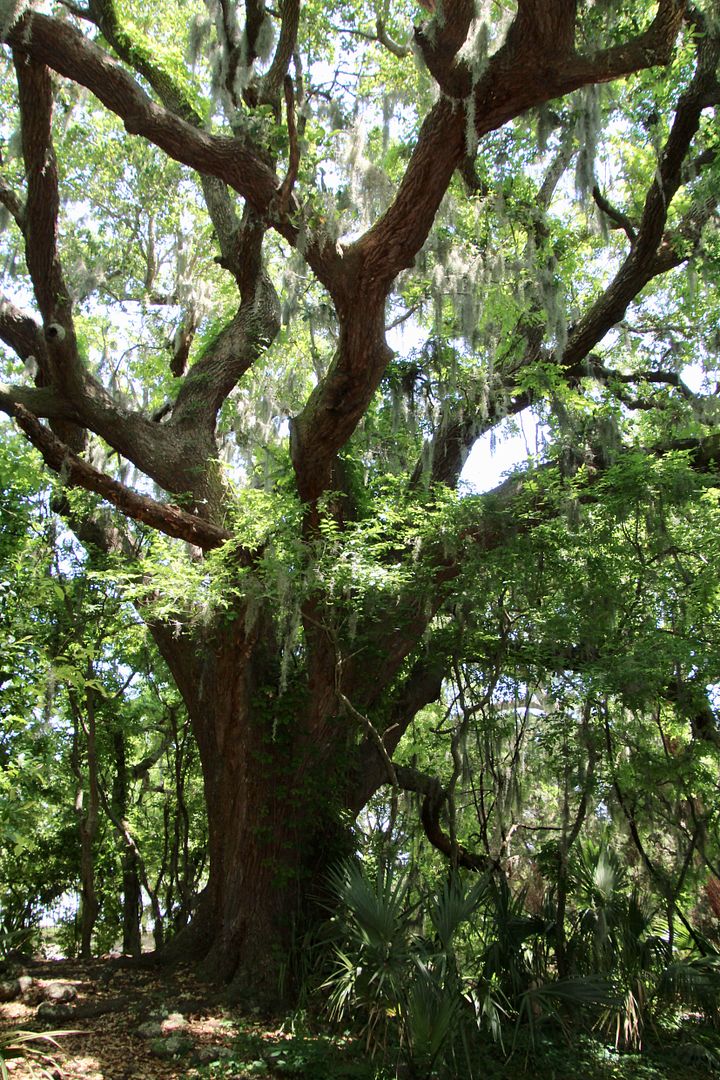
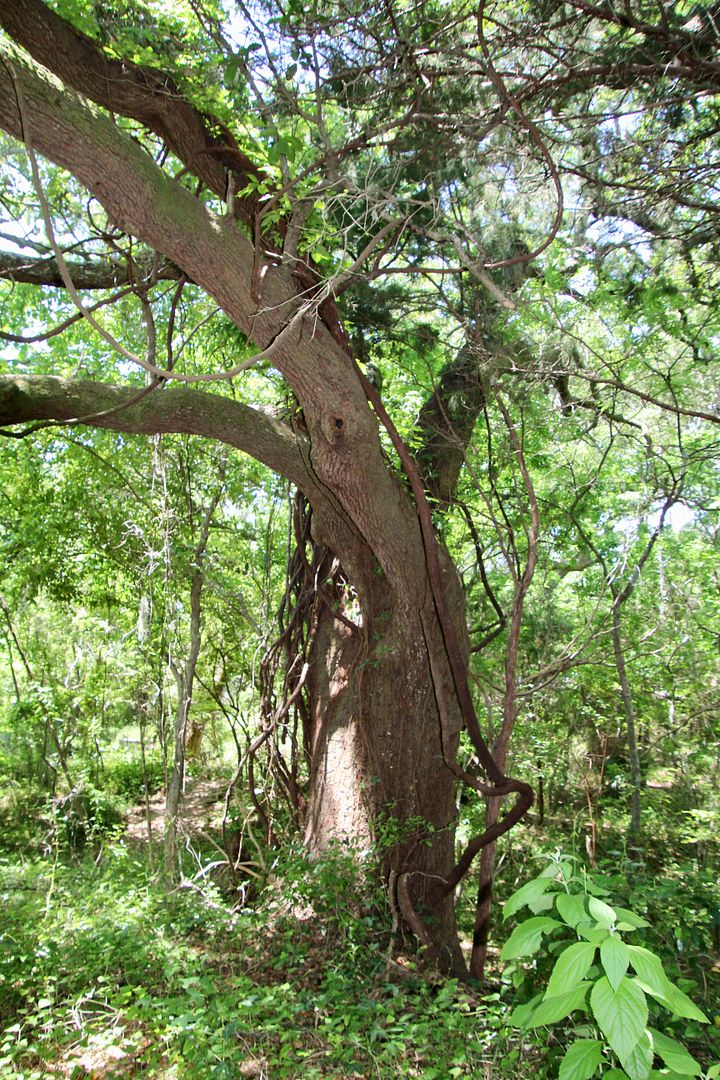
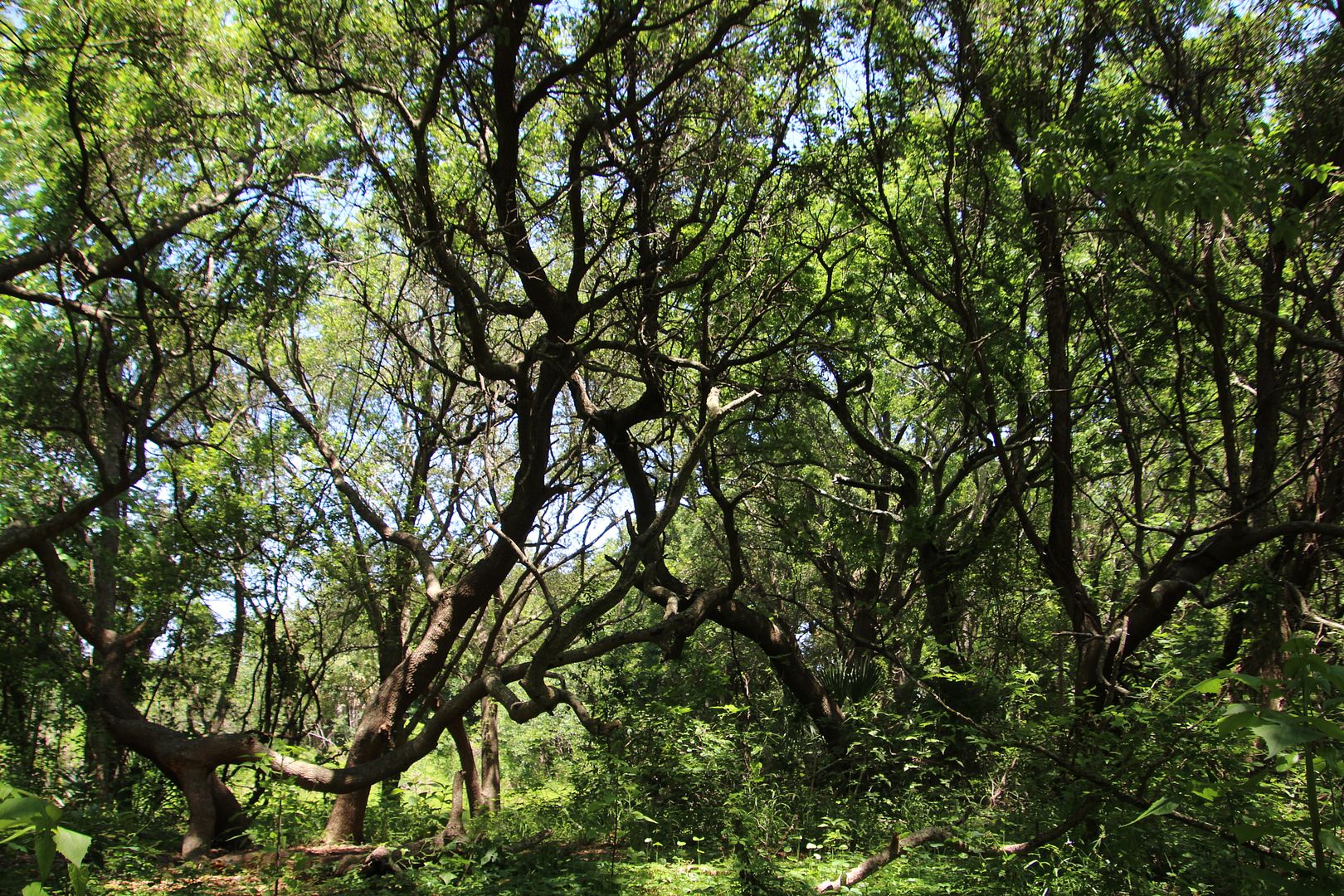
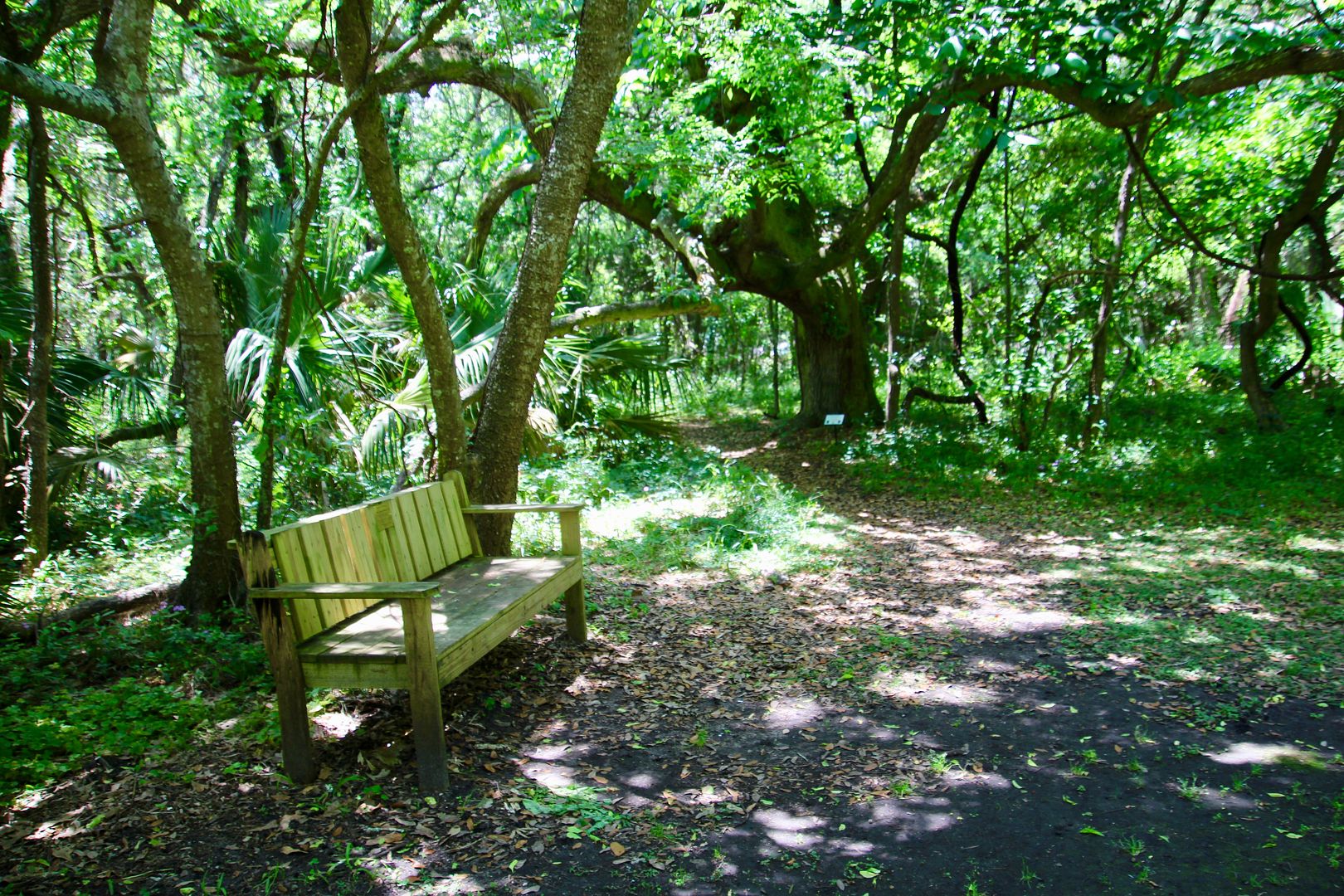
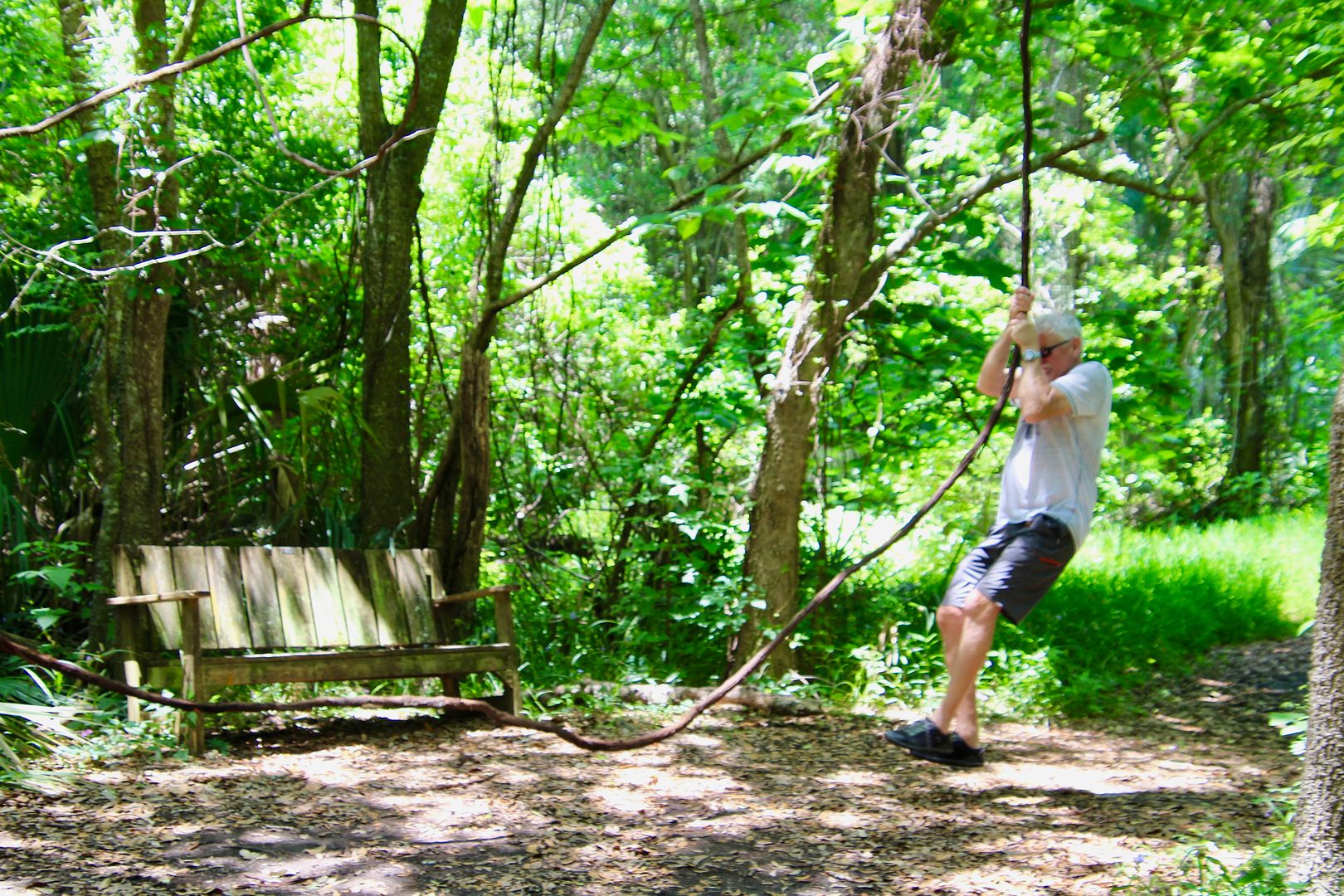
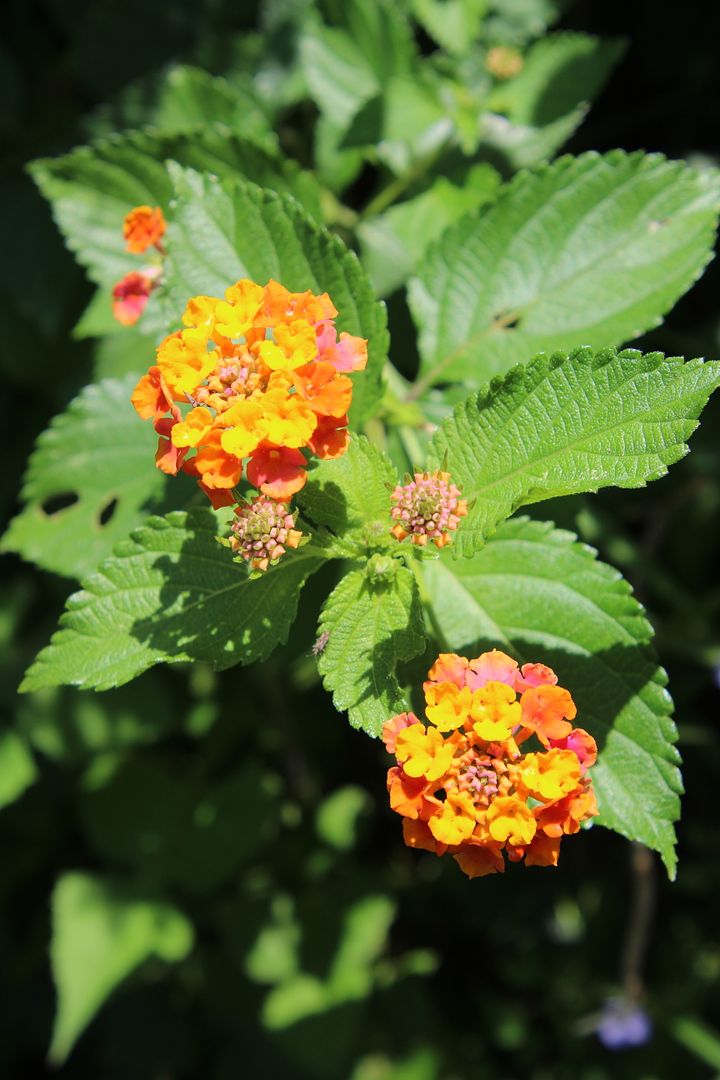

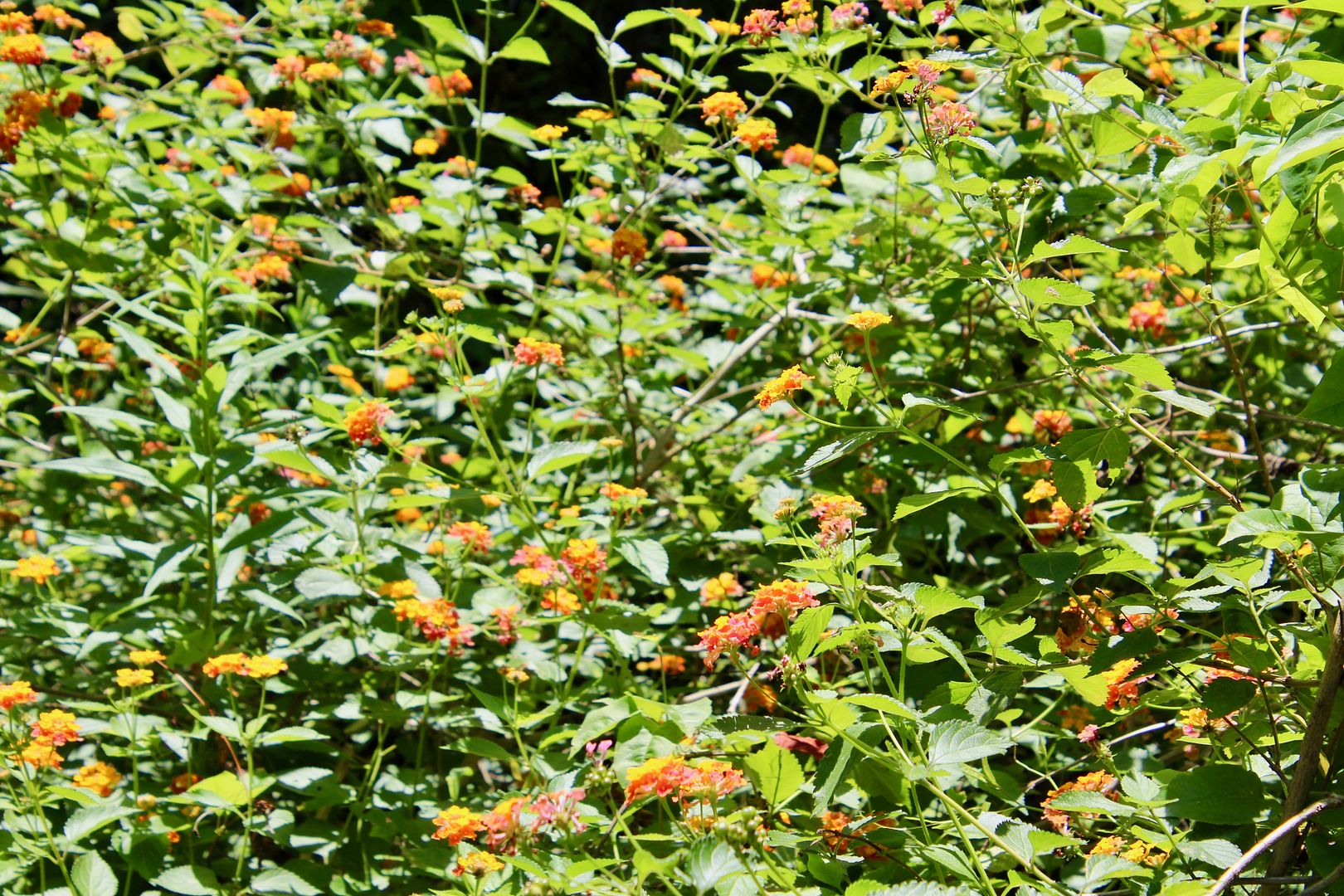
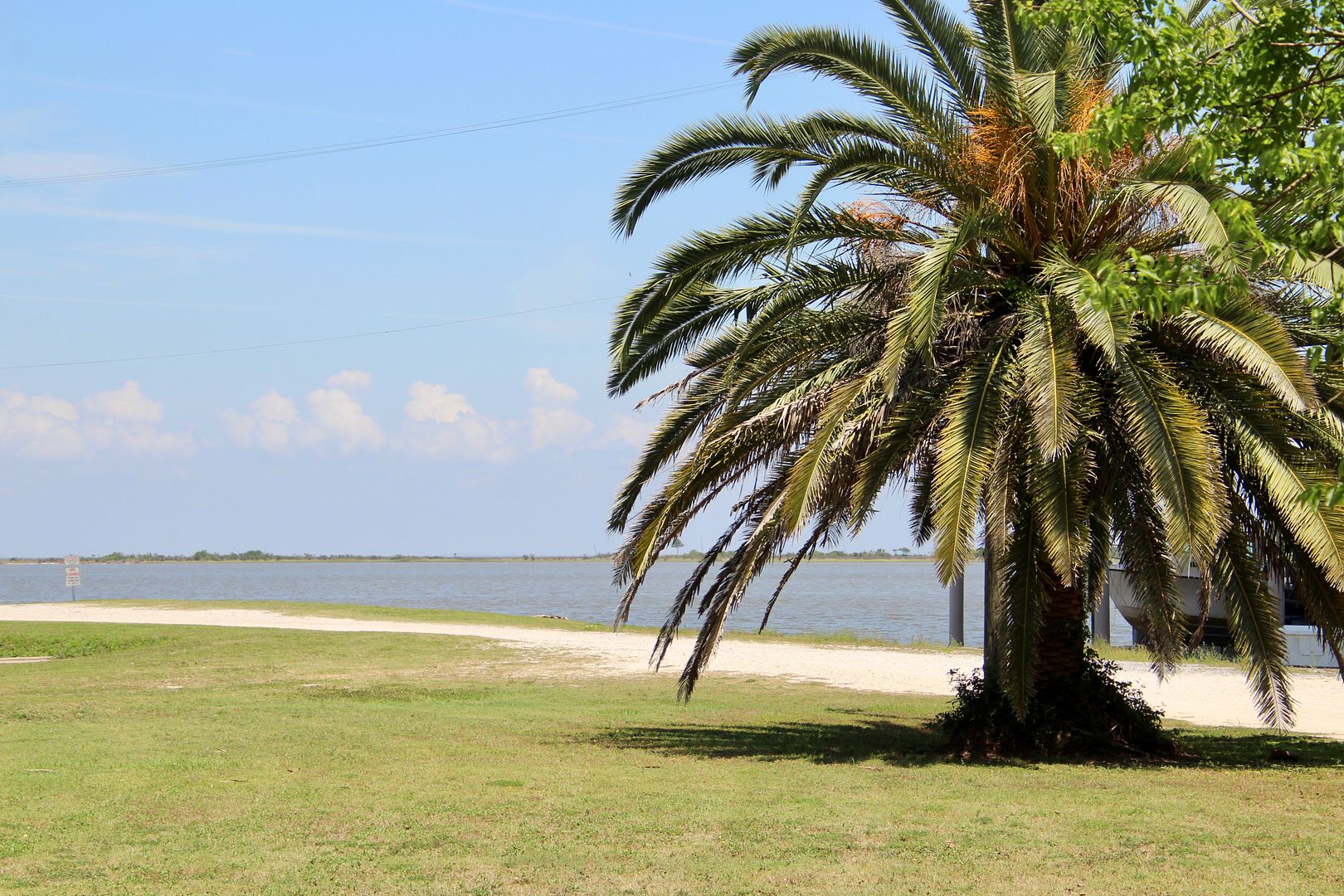
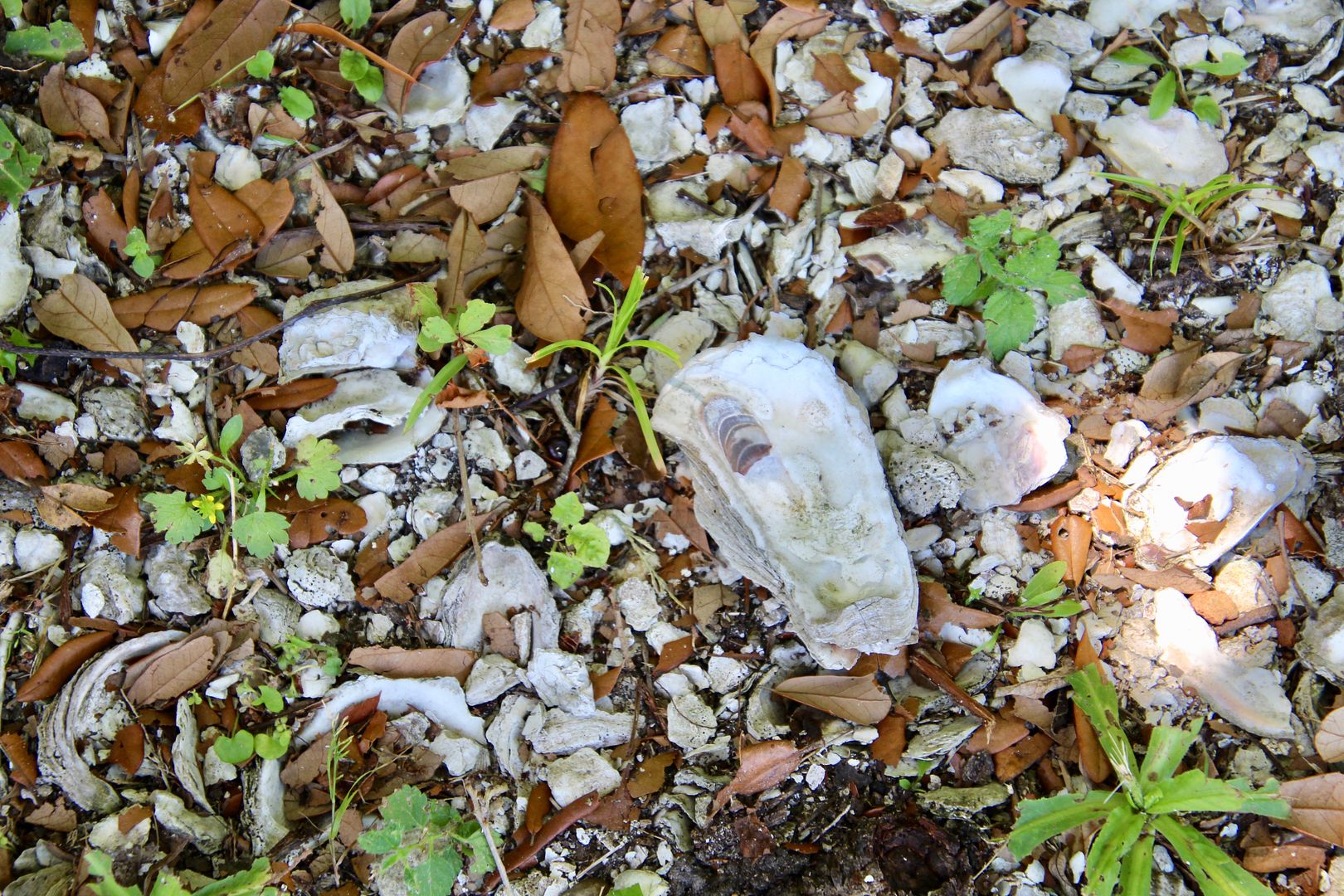
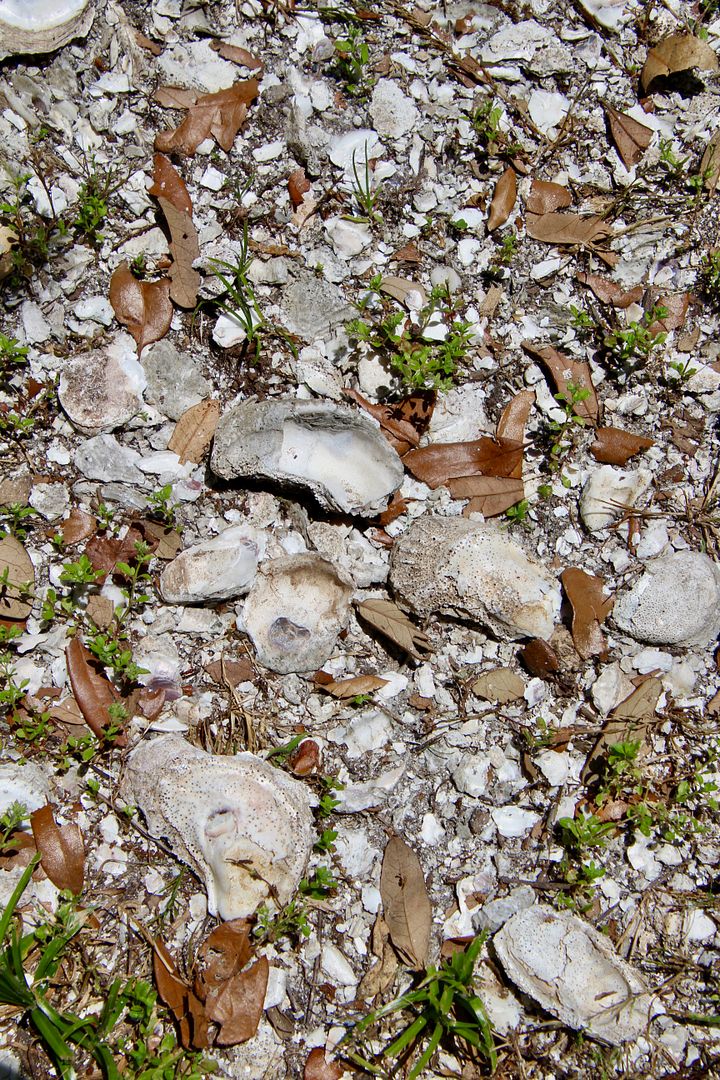

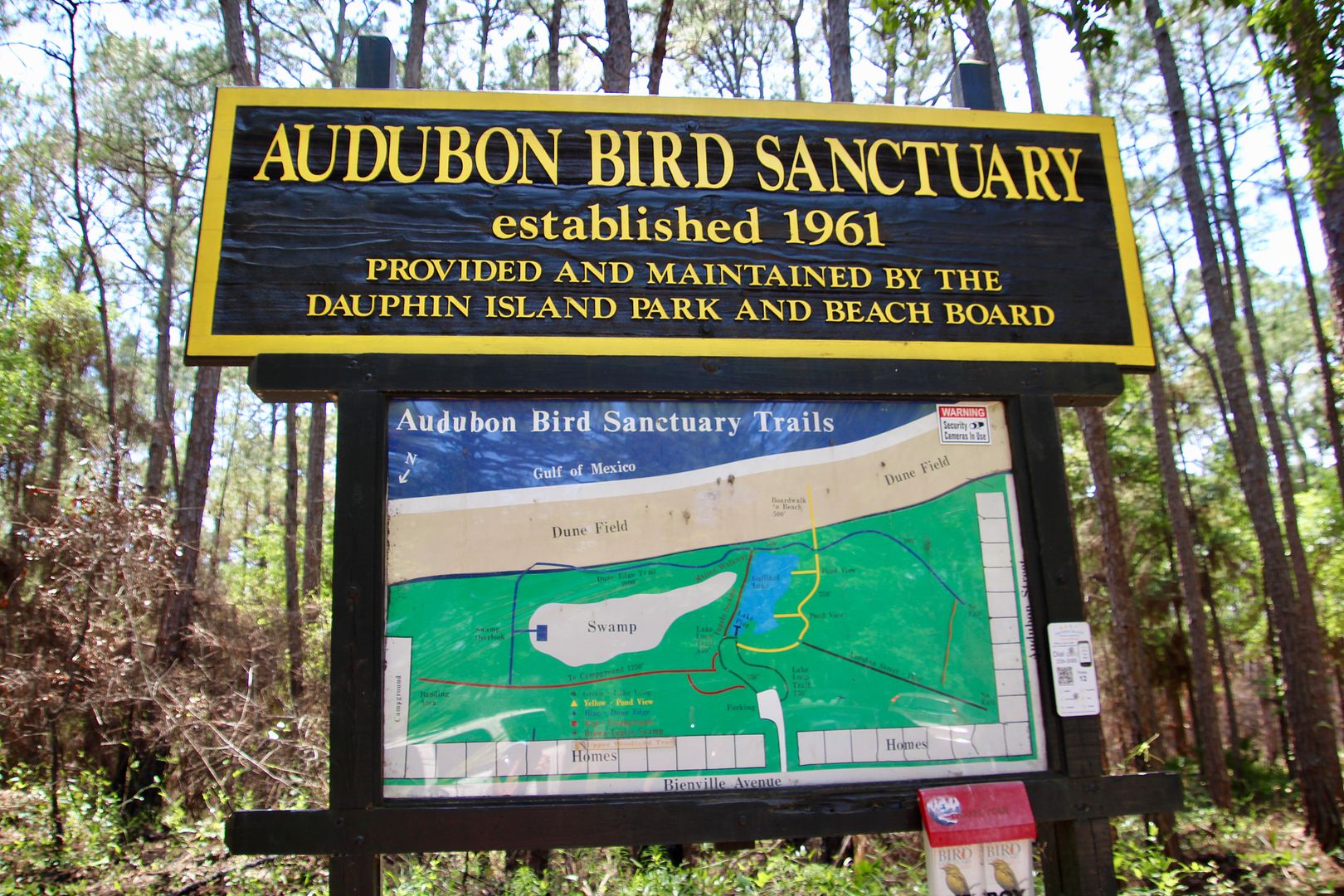
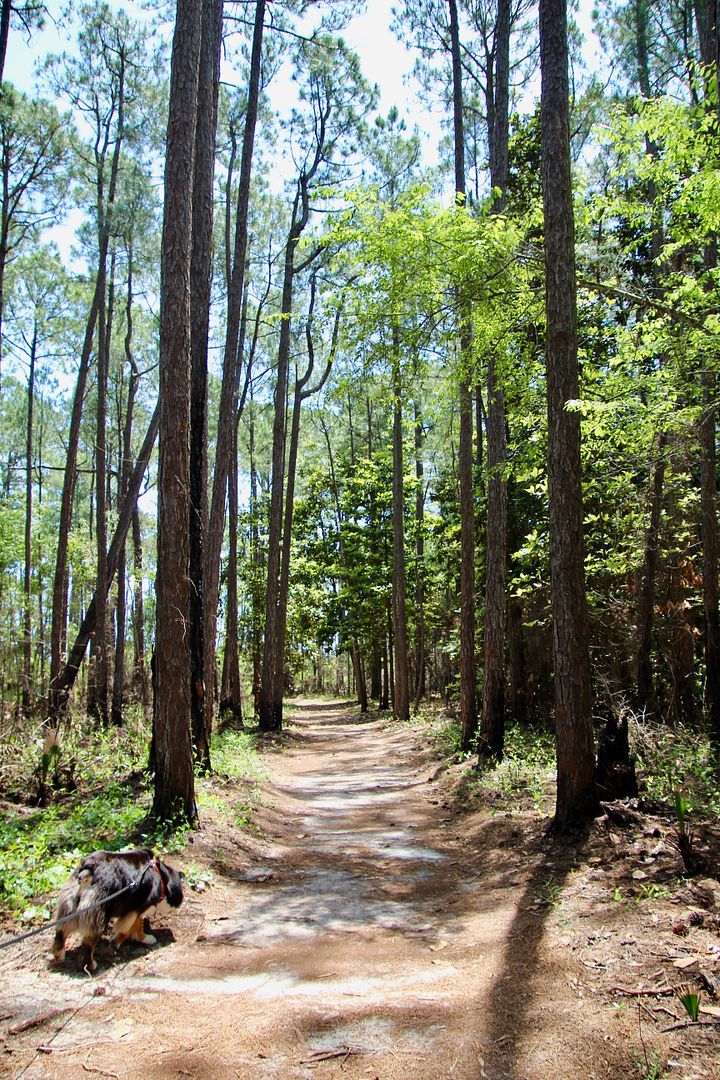
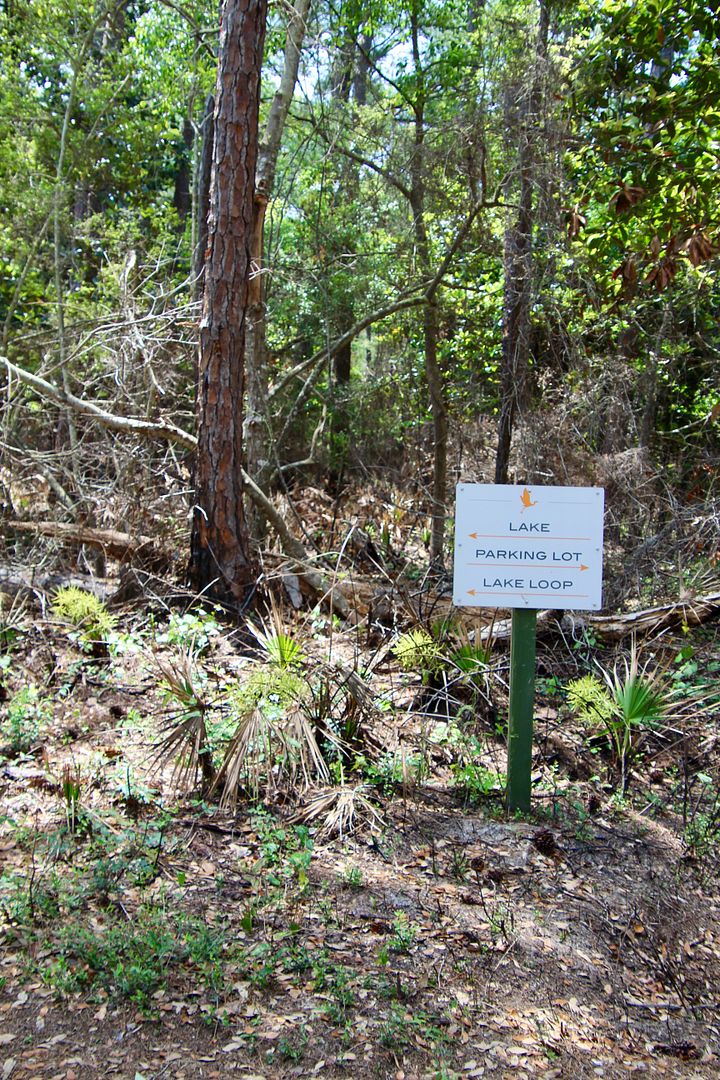
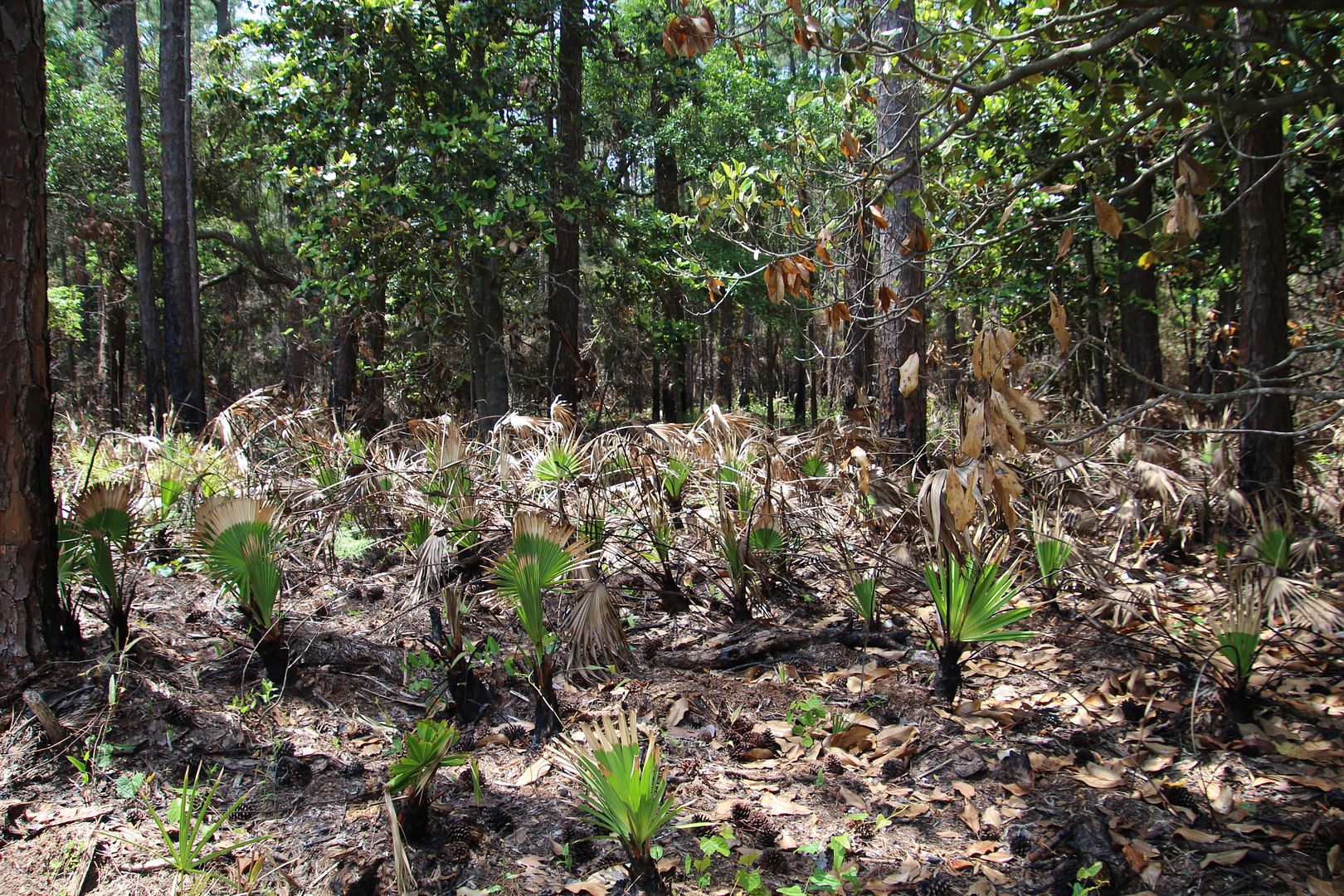


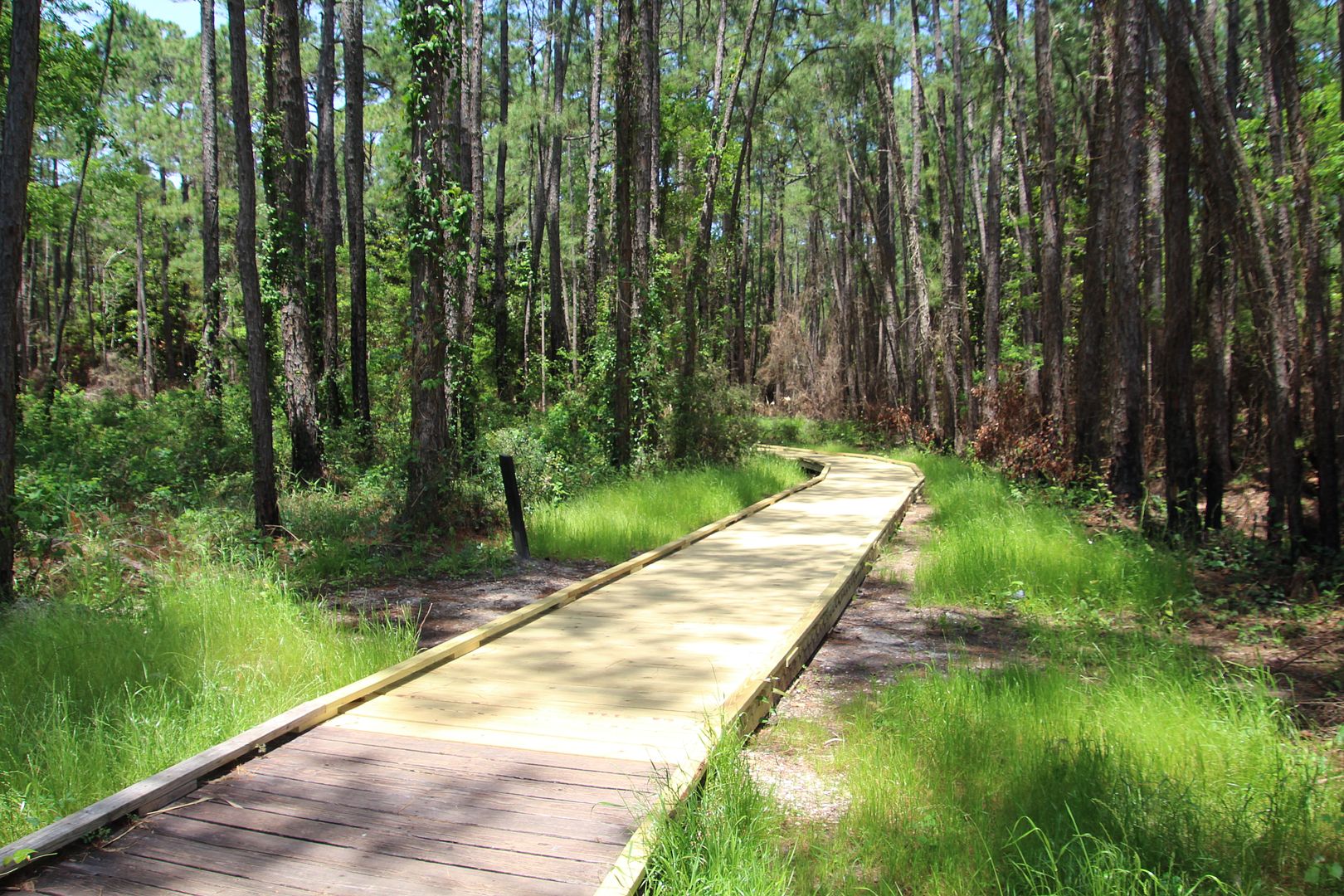

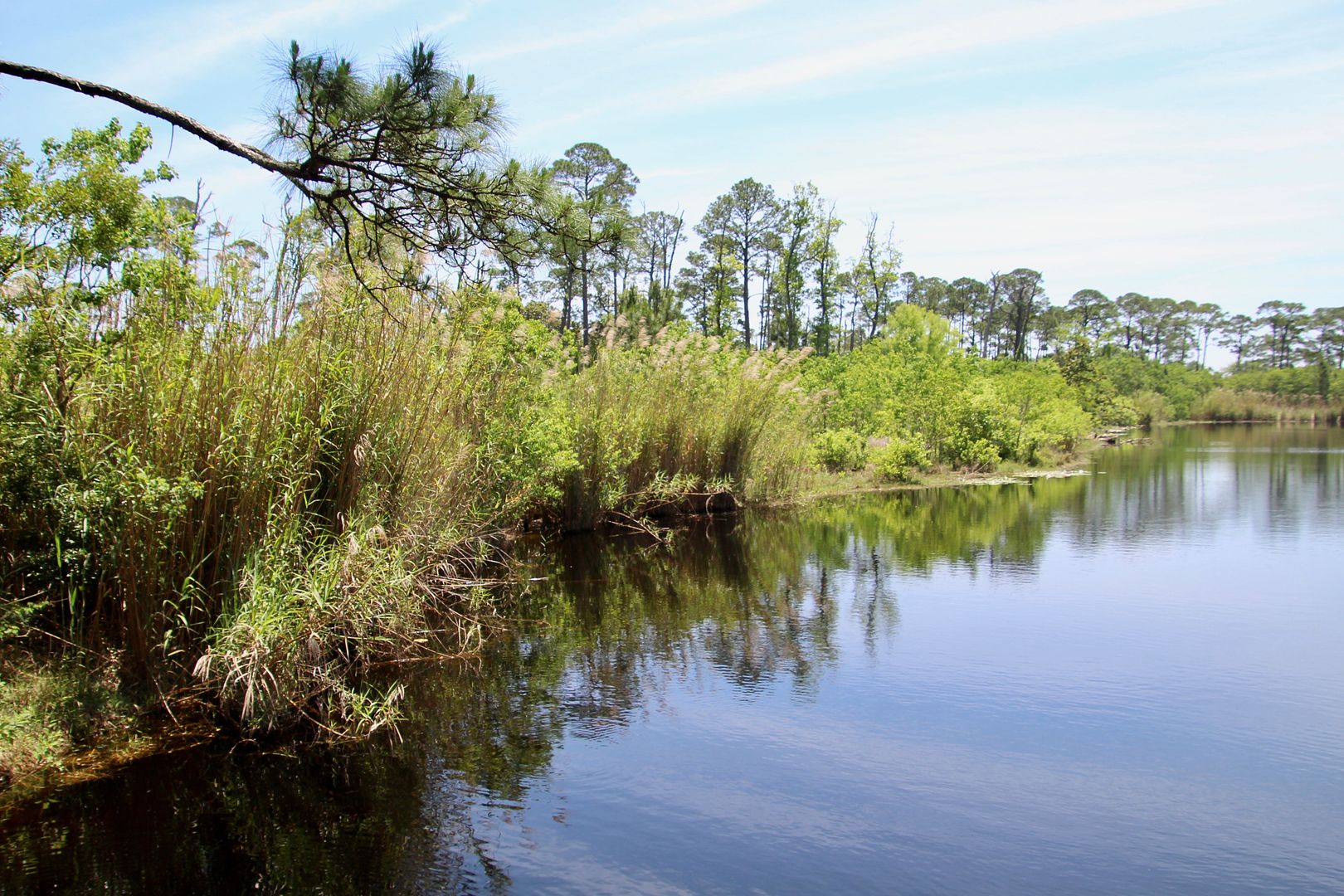
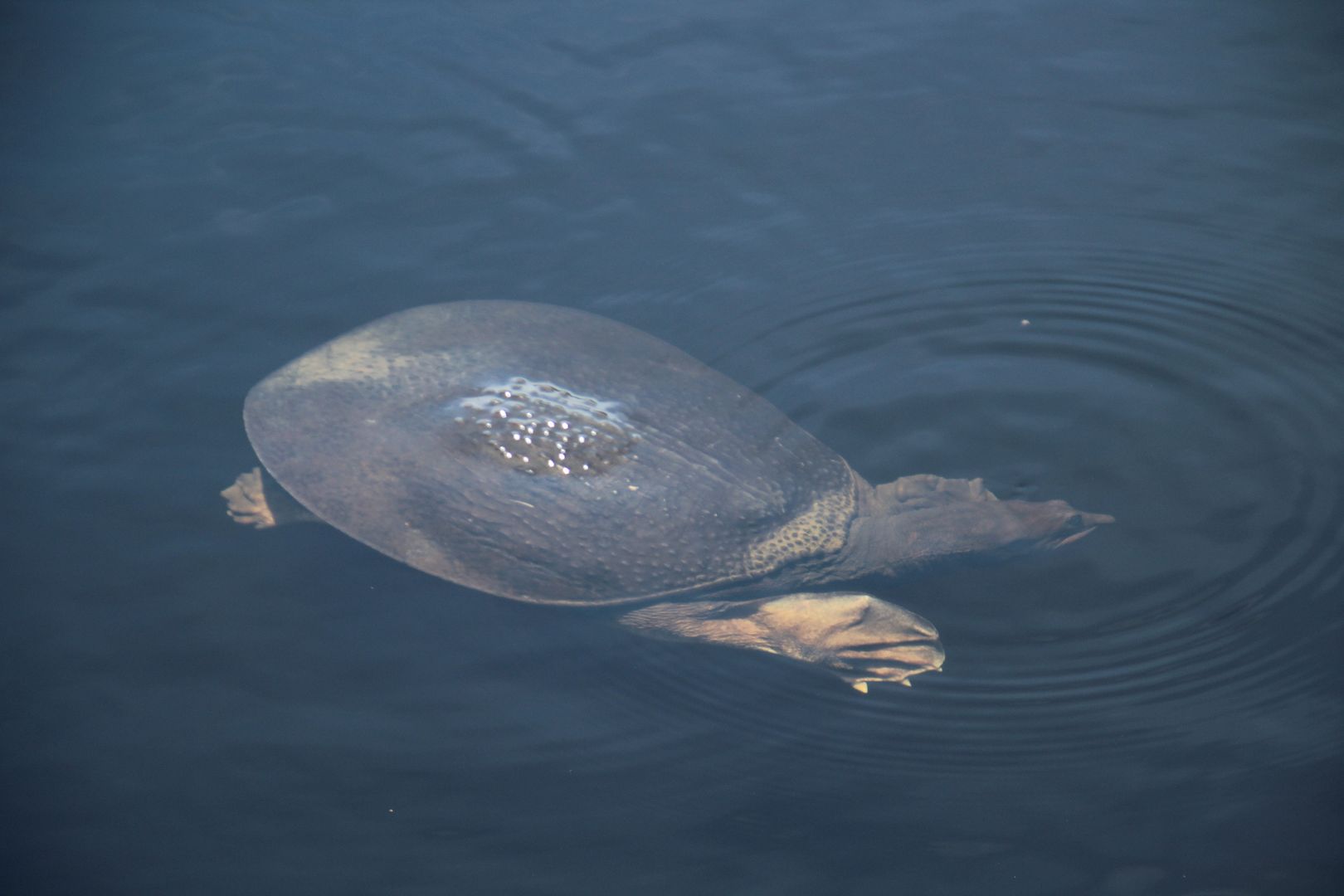
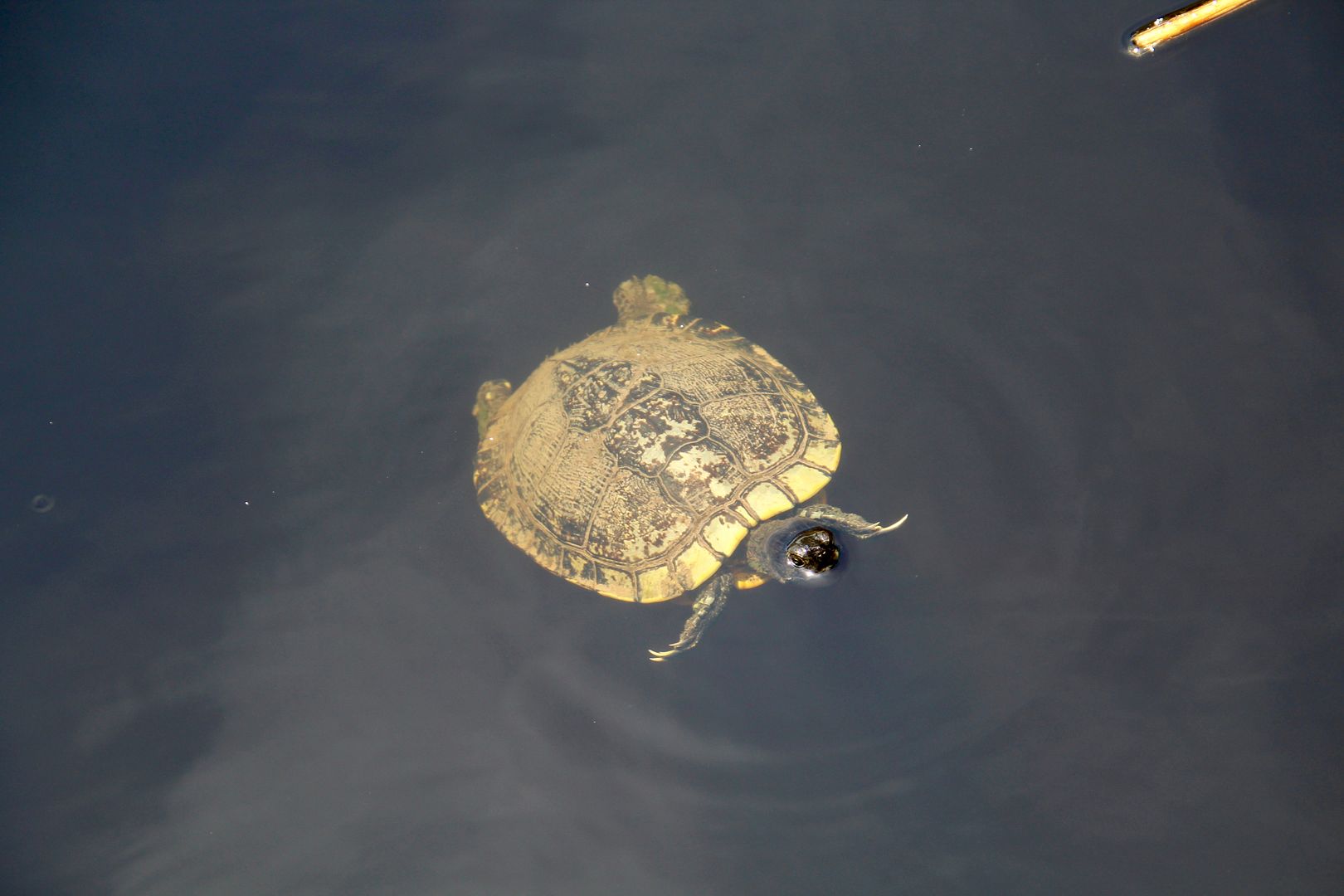
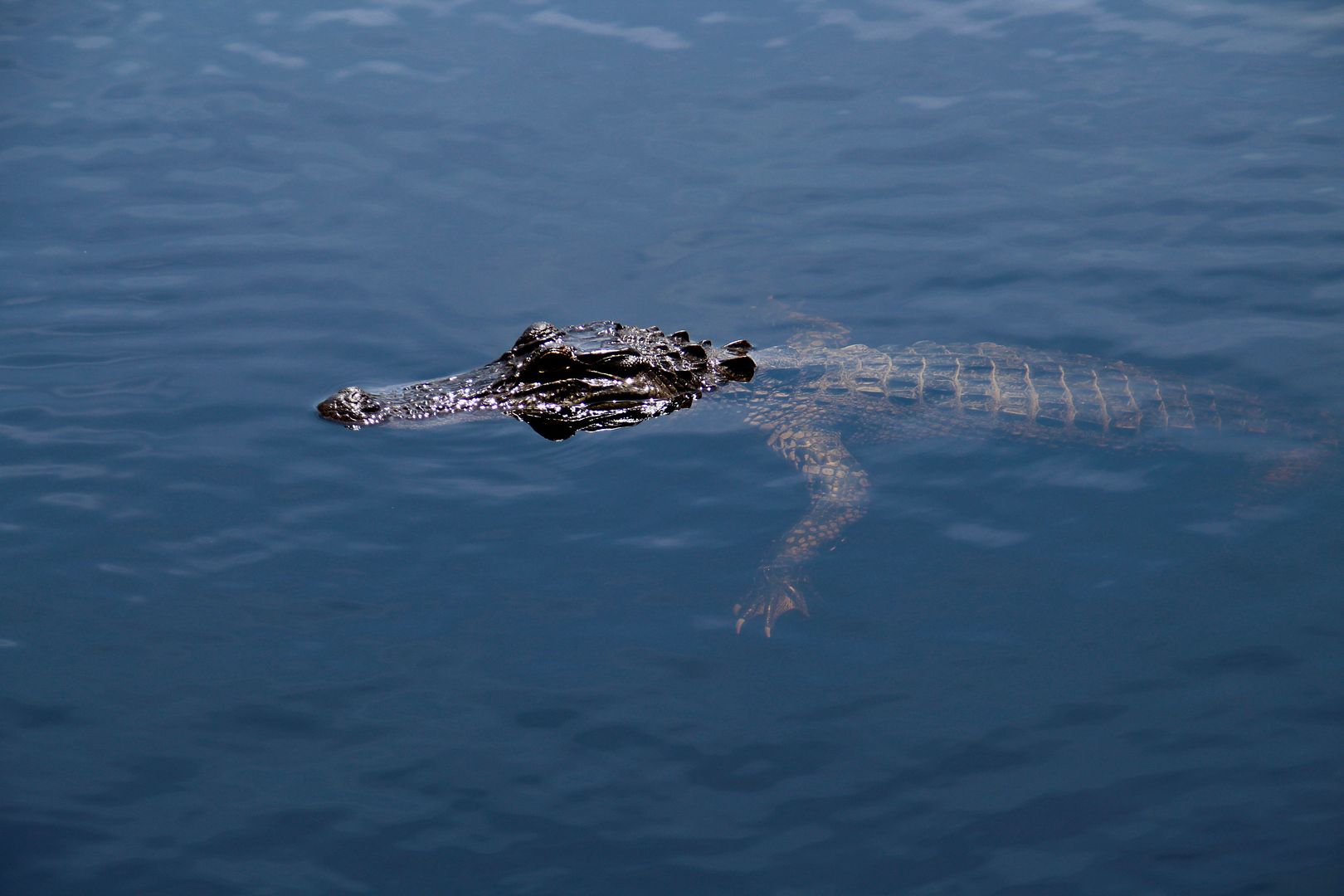
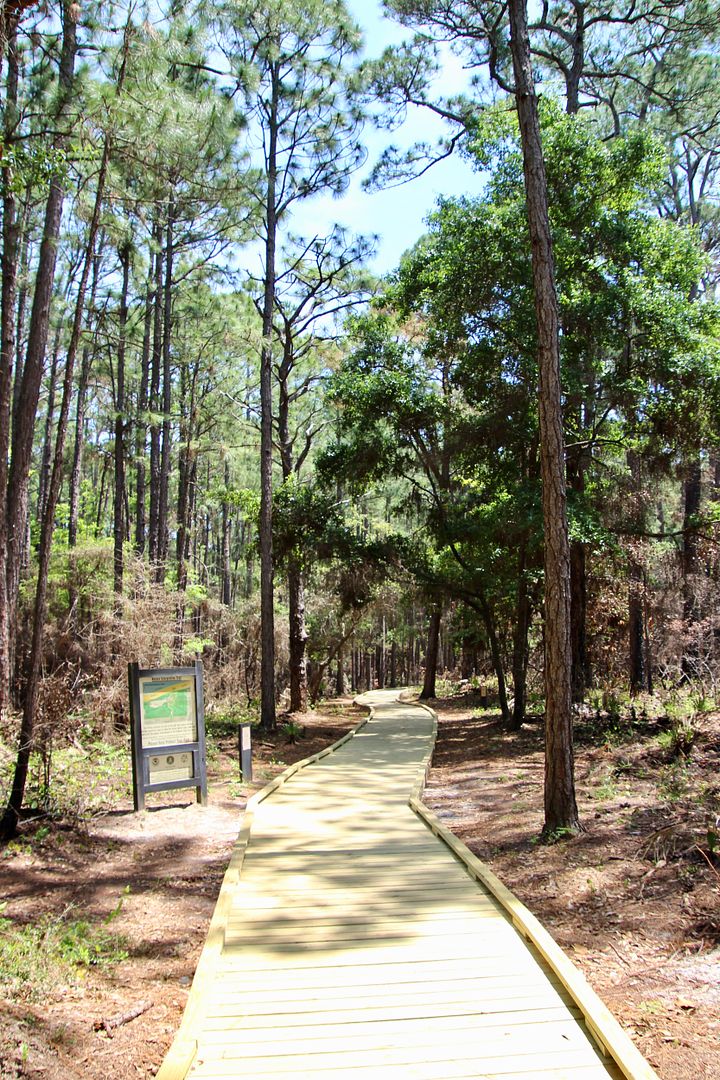
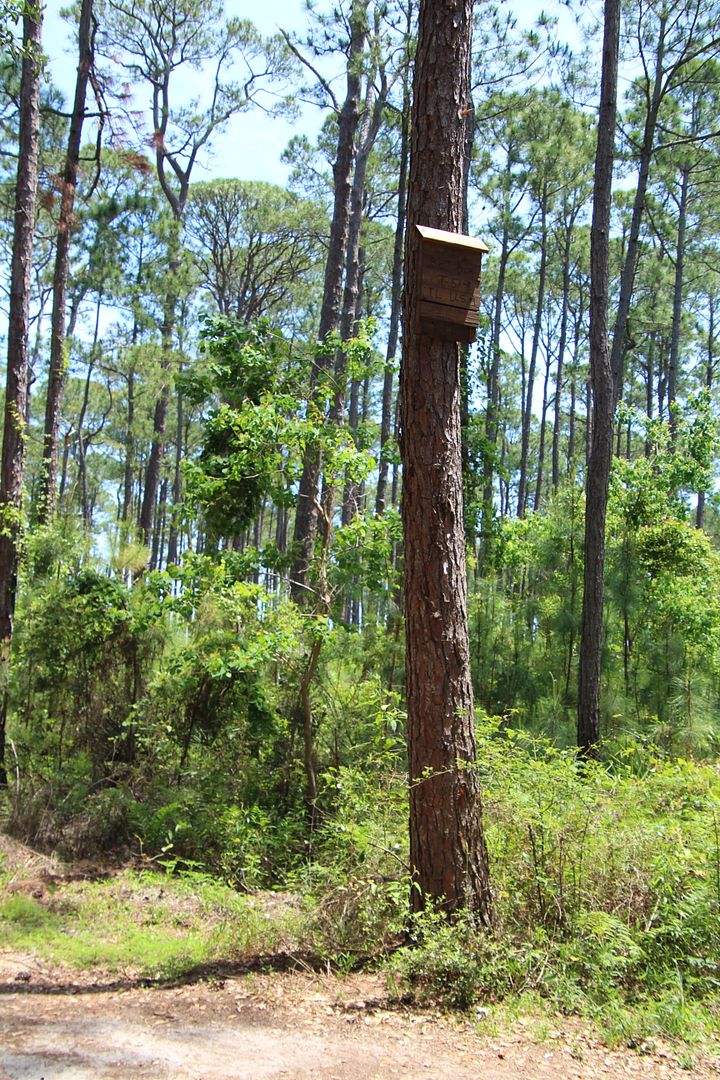
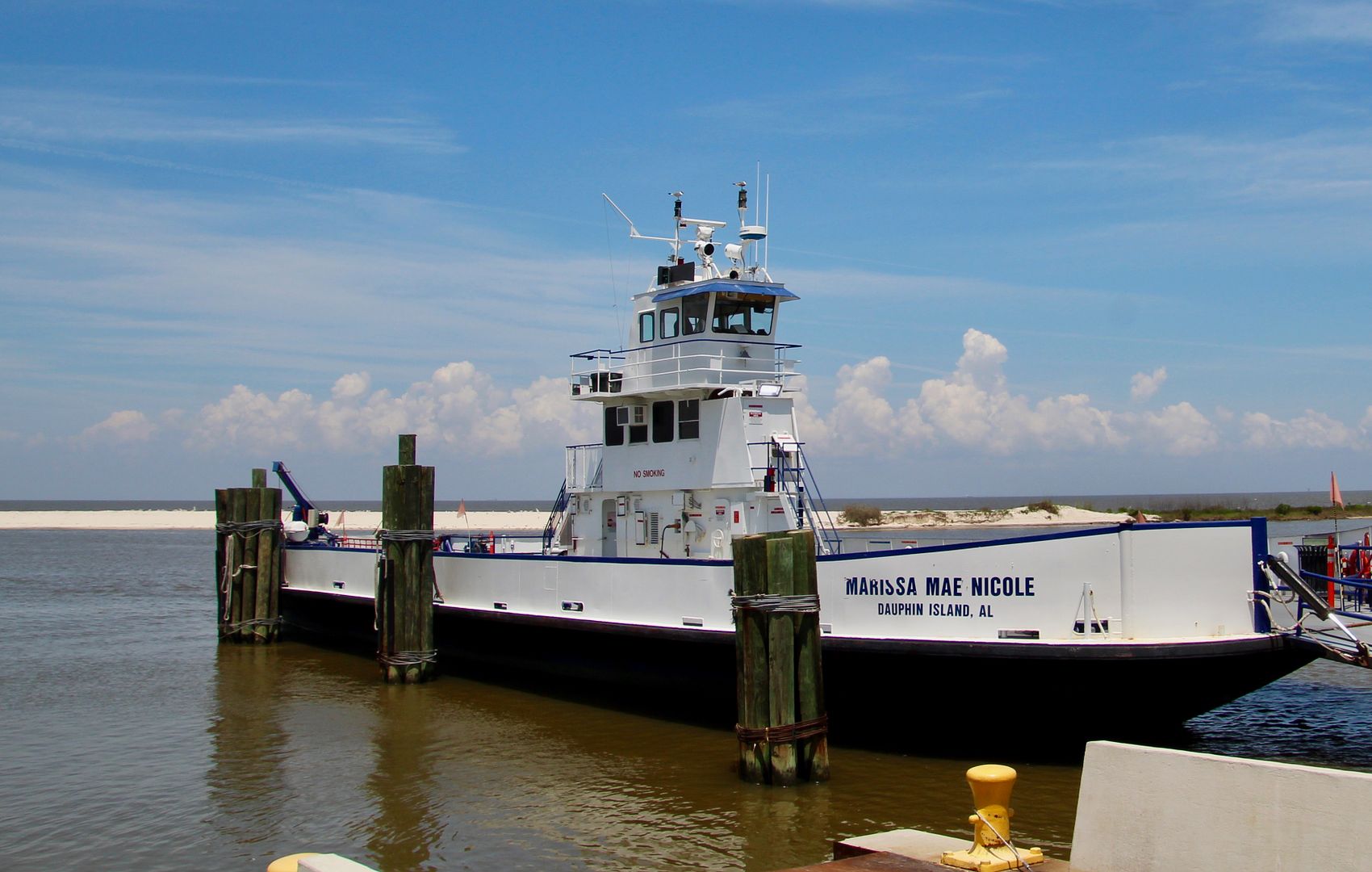

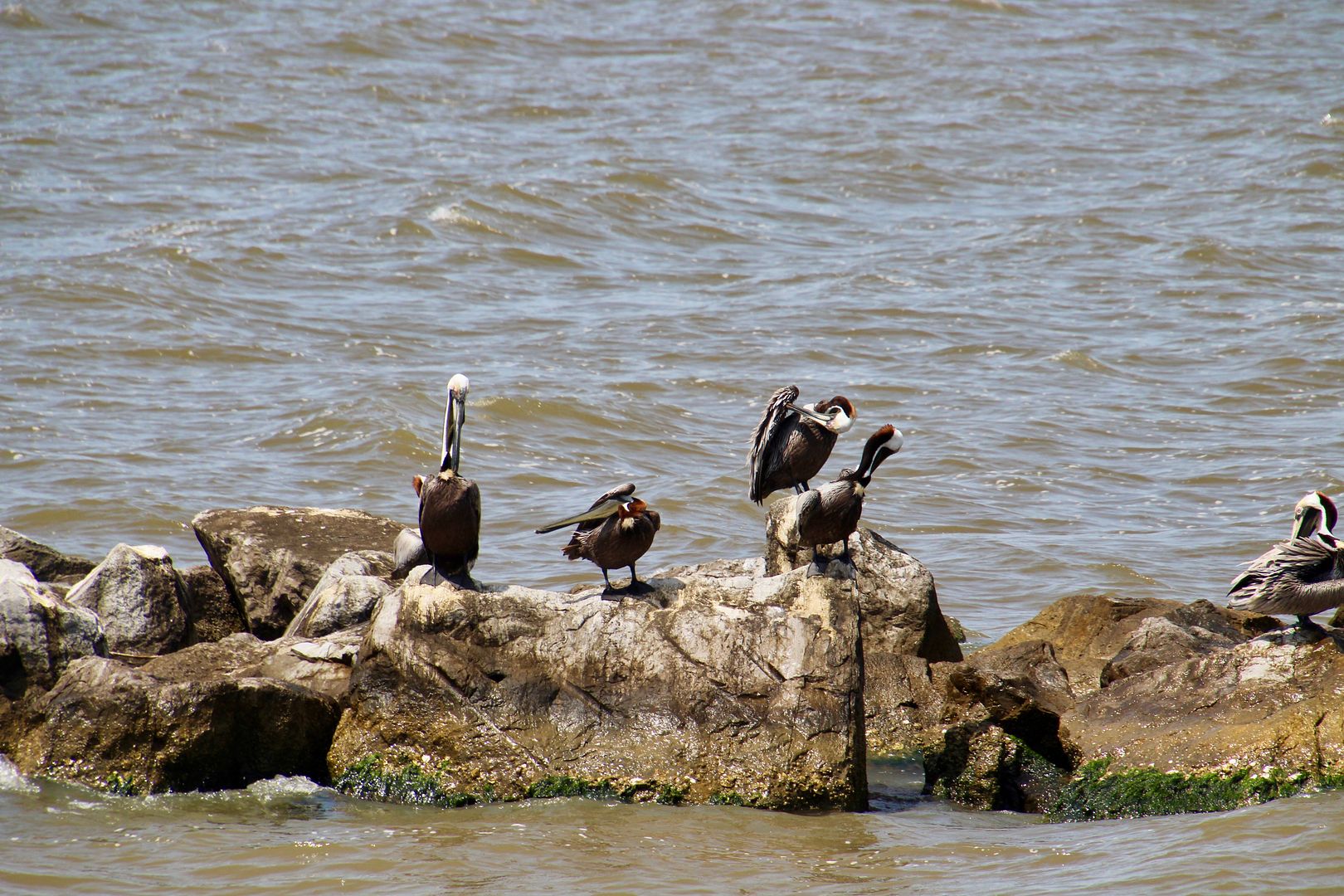


No comments:
Post a Comment